The jungles and rugged mountains of New Guinea became a grueling battleground during World War II, witnessing some of the most arduous and harrowing combat faced by Allied forces. Far from the spotlight of Europe, the New Guinea Campaign was a protracted struggle against a tenacious Japanese enemy and the unforgiving tropical environment. At the center of strategic planning for this brutal campaign stood the unlikely city of Brisbane, Australia.
MacArthur’s Base of Operations
After the fall of the Philippines, General Douglas MacArthur famously vowed “I shall return.” His escape to Australia and subsequent establishment of his headquarters in Brisbane transformed the city into the nerve center of Allied operations to reclaim the Southwest Pacific, headquartered in Camp Columbia in Wacol. Brisbane buzzed with military activity, housing command centers, supply depots, and hospitals, as it became the primary staging ground for the New Guinea Campaign.
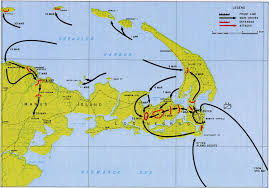
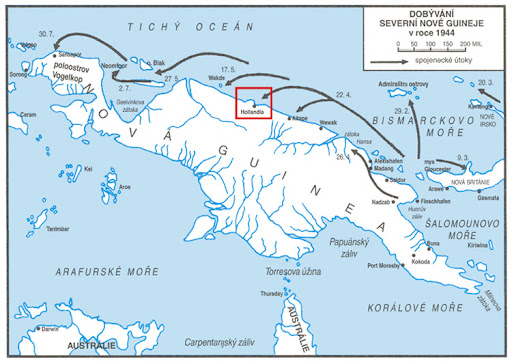
Stemming the Tide: From Kokoda to Milne Bay
The Japanese invasion of New Guinea posed a direct threat to mainland Australia. In response, MacArthur and his staff in Brisbane developed a defensive strategy aimed at halting the enemy advance and turning the tide. The early battles were desperate affairs. Australian troops, initially ill-equipped for jungle warfare, fought a courageous delaying action along the infamous Kokoda Track, buying precious time for Allied reinforcements to arrive.
Meanwhile, the decisive Allied victory at Milne Bay, the first major Japanese land defeat of the war, was orchestrated from Brisbane. It demonstrated that the Japanese could be beaten on the ground, not just at sea, boosting morale and setting the stage for a long, arduous counteroffensive.
Island Hopping Through Hell
As the campaign progressed, Brisbane became the nexus for planning and executing a series of amphibious assaults and grueling ground battles across New Guinea’s forbidding landscape. Key battles such as Buna-Gona, Salamaua, and Lae were characterised by fierce combat, logistical nightmares, and rampant disease. MacArthur’s controversial ‘island hopping’ strategy, bypassing heavily defended Japanese strongholds and focusing on seizing strategic islands for airbases, was put into brutal practice.
The intelligence gathered, tactics developed, and supplies coordinated from Brisbane proved essential in pushing the Japanese back, step by bloody step. Australian forces, battle-hardened and supported by American troops, played a pivotal role in driving the enemy from vital strongholds.
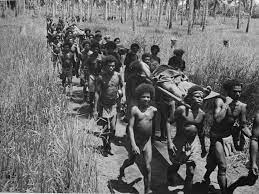
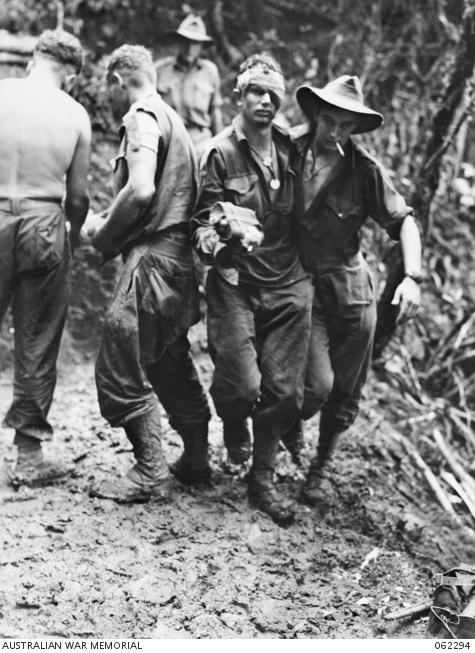
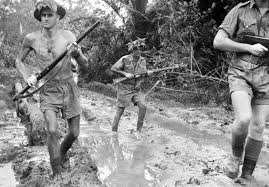
Legacy of Brisbane’s Role
The New Guinea Campaign was a war of attrition, fought in some of the harshest conditions imaginable. It cost thousands of lives on both sides, with disease claiming as many victims as combat. Brisbane, though far from the front lines, played an indispensable strategic role. The city was the brain behind the campaign, where plans were laid, logistics were organised, and the relentless drive to push back the Japanese was fueled.
The legacy of the New Guinea Campaign reminds us of the sacrifices made by Australian, American, and Papuan forces, as well as the often overlooked strategic importance of Brisbane as a wartime command center. The dense jungles of the Pacific might seem remote, but the fate of the region hung in the balance – and its course was shaped, in part, within the streets of a transformed Australian city.
See also:
Major WWII battles planned and executed from Brisbane
